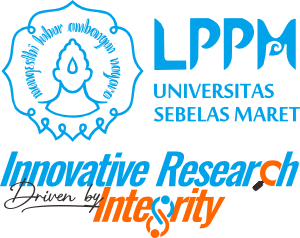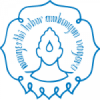Key words : bacterial community, metagenomic analysis, insect, wild silk, Attacus atlas
By : Artini Pangastuti, Muhammad Indrawan
Attacus atlas L. is an insect species that have been used as a wild silk-producing fibers. Utilization of this species on an industrial scale requires culture of A. atlas to help the preservation of populations of A. atlas in nature so as not to disturb the balance of the ecosystem. Culture will also ensure continuity and consistency of silk fibers quality produced by A. atlas. Bacterial communities associated with insects are known to have a fairly large role in the lives of its host, among others in the nutrition and defense against pathogens. Therefore, the characterization of bacterial communities associated with A. atlas will provide useful information for culturing this species and the production of silk fibers. Since most bacteria
associated with insects can not be cultured, in addition to culture-based methods, metagenomic analysis with 16S rRNA coding genes as molecular markers was also performed in this research. This research was aimed to census the microorganisms that live in association with A. atlas, monitoring the dynamics of bacterial communities during the larval developmental stages, physiological characterization of isolates obtained, and the influence of feed on the composition of bacterial communities. The results of culture-based analysis and metagenomic consistently showed that bacterial communities on A. atlas was dominated by gamma-proteobacteria at all stages of development. Less dominant taxa include bacteroidetes and Actinobacteria. Bacterial communities composition were relatively constant during the larval developmental stages. Most of the isolates have the ability to degrade cellulose, indicating that bacterial communities likely play a role in helping the digestion of feed containing much cellulose in the host.

